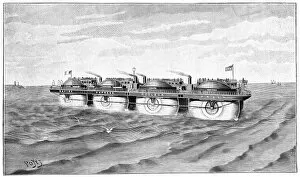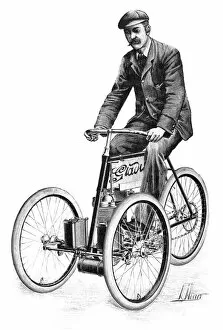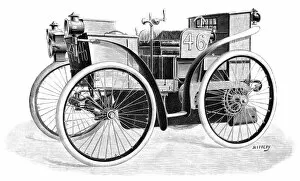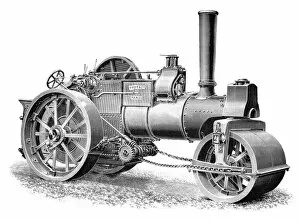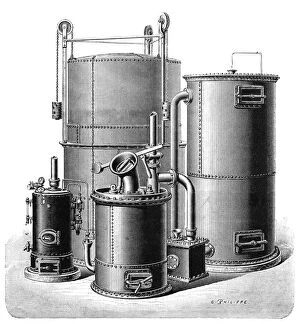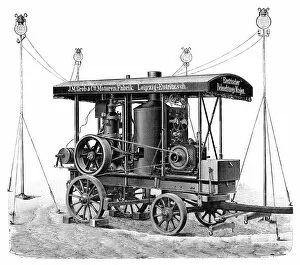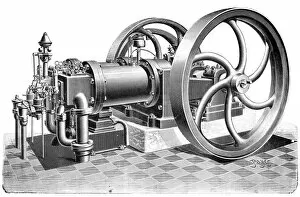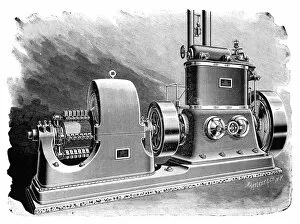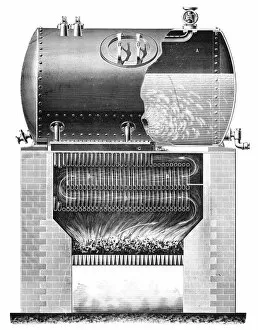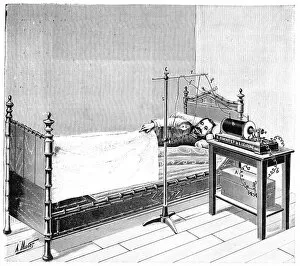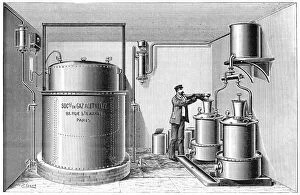Jules Louis Breton Collection
Jules Louis Breton: Pioneering Innovations of 1897 In the year 1897, Jules Louis Breton emerged as a prominent figure in the world of technological advancements
For sale as Licensed Images
Choose your image, Select your licence and Download the media
Jules Louis Breton: Pioneering Innovations of 1897 In the year 1897, Jules Louis Breton emerged as a prominent figure in the world of technological advancements. His remarkable contributions spanned across various domains, leaving an indelible mark on history. Breton's genius shone through his collaboration with Thomson-Houston dynamo, revolutionizing electrical engineering. Together, they paved the way for a brighter future by harnessing electricity to power cities and homes. Another groundbreaking invention came in the form of Ernest Bazin roller ship. This marvel showcased Breton's visionary mindset as he explored new possibilities in transportation. The roller ship promised efficient and smooth journeys like never before. The Gladiator petrol tricycle was yet another brainchild of Breton that took the automobile industry by storm. Its sleek design and powerful engine captivated enthusiasts worldwide, setting new standards for speed and performance. But it didn't stop there – Jules Louis Breton introduced Michelin tyres to the automotive realm, forever changing how cars grip the road. This innovation not only enhanced safety but also improved overall driving experience. His influence extended beyond automobiles when he unveiled Burrell steamroller – a colossal machine that transformed construction sites globally. With its sheer power and efficiency, it became an indispensable asset for infrastructure development. Breton's passion for automobiles persisted as he crafted Lefebvre petrol car and Rossel petrol car - two masterpieces that pushed boundaries even further. These vehicles epitomized elegance while delivering unmatched horsepower under their hoods. Not limiting himself to land-based inventions alone, Jules Louis Breton played an instrumental role in planning Paris metro station – a testament to his commitment towards enhancing urban mobility. Furthermore, his Otto gasification unit brought forth innovative solutions for energy production during those times when fossil fuels were gaining prominence globally. Recognizing the need for sustainable public transport options, Breton pioneered electric tram junction points, revolutionizing urban mobility.


